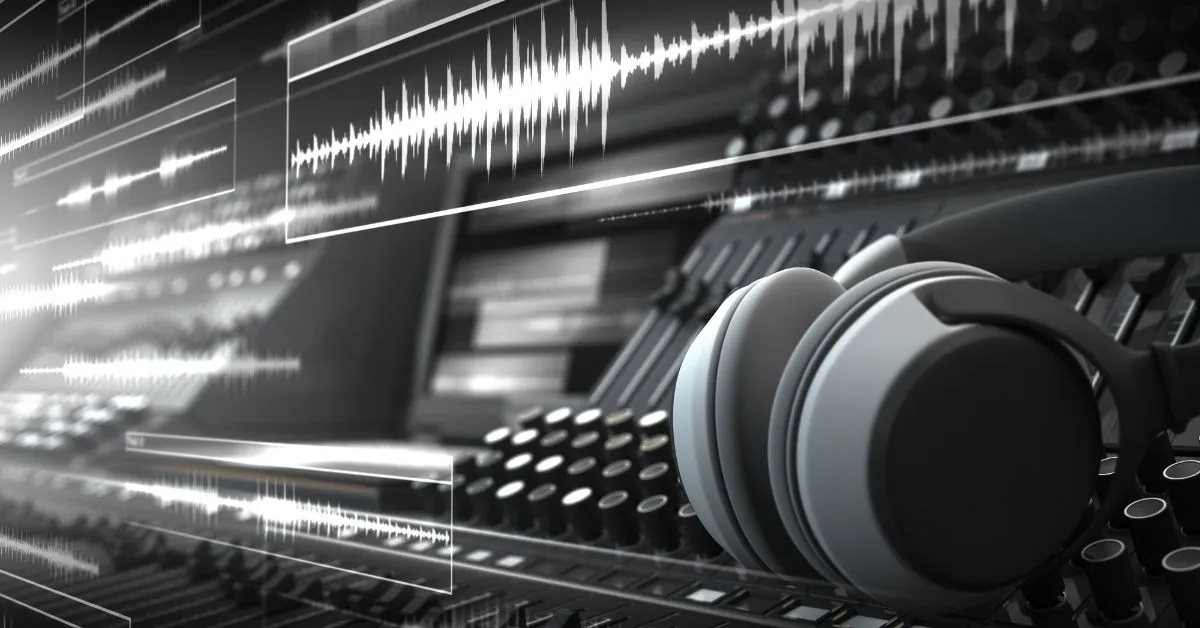


31, July 2023
When you sit down to watch a film, you immerse yourself in a world of captivating visuals, compelling stories, and evocative emotions. Yet, one crucial aspect that often goes unnoticed but significantly impacts your cinematic experience is sound recording. The art of sound recording in film plays a pivotal role in bringing movies to life, enhancing storytelling, and immersing the audience into the film's narrative. In this blog, we delve into the fascinating world of sound recording in film and discover its significance in the magic of cinema.
Sound recording in film is the process of capturing and recording audio elements that complement the on-screen visuals. It involves capturing various sound components, including dialogue, ambient noises, sound effects, and music during filming. These sound recordings become the foundation for creating a rich and immersive auditory experience that enhances the film's storytelling and emotional impact.
Dialogue recording is a fundamental aspect of sound recording in film. It involves capturing the actors' spoken lines on set, ensuring clear and crisp audio. Sound technicians use specialized microphones, boom poles, and recording devices to capture dialogue while minimizing background noise and ensuring the actors' voices are captured at optimal levels.
Sound effects are audio elements added to enhance the film's realism and atmosphere. From footsteps and door creaks to roaring engines and explosions, sound effects breathe life into the film's world, making it feel more authentic and engaging.
Ambient noises or "wild sounds" refer to the subtle background sounds that add depth to the film's setting and create a sense of realism. These can include birds chirping, city traffic, or the rustling of leaves in a forest. Capturing ambient noises during filming helps create a seamless soundscape that transports the audience into the film's environment.
Film music is a powerful tool that evokes emotions, sets the mood, and enhances the film's narrative. Whether it's a sweeping orchestral score, a catchy theme song, or carefully selected songs that accompany key scenes, music plays a crucial role in shaping the audience's emotional journey.
Foley artists are skilled professionals who create custom sound effects in a studio environment. They watch the film and reproduce specific sounds, such as footsteps, hand movements, or object interactions, to match the on-screen actions. Foley artistry adds a layer of authenticity to the film's audio, ensuring every detail is carefully crafted.
Sound design in film involves the artistic arrangement of various audio elements to achieve a desired effect. Sound designers meticulously blend dialogue, sound effects, and music to create a cohesive auditory experience. They play a crucial role in building tension, heightening emotions, and guiding the audience's focus throughout the film.
Sound recording in film is a subtle yet powerful art form that shapes the audience's emotional connection with the story and characters. From dialogue and sound effects to ambient noises and music, each element weaves a tapestry of audio that complements the visual spectacle on screen. The unsung heroes of sound technicians and Foley artists work tirelessly behind the scenes to create a seamless auditory experience that makes the magic of cinema come alive. The next time you watch a film, pay attention to the auditory journey that enhances the visual storytelling and elevates your cinematic experience to new heights.